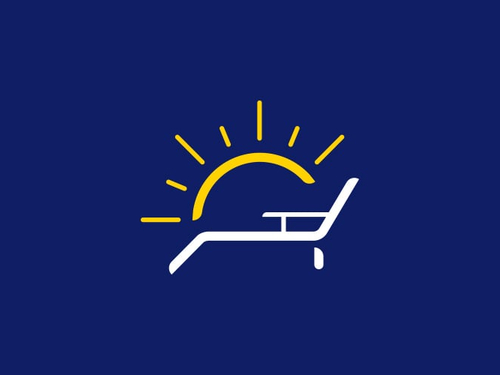Did you know that two in three Australians will be diagnosed with skin cancer in their lifetimes? Or that less than half of Australian men make sun protection part of their daily routine, despite being twice as likely to die from melanoma?
The good news is that skin cancer is almost entirely preventable, and you can reduce your risk of skin cancer at any age by following the five SunSmart steps.
How to protect your skin in five easy steps
If you grew up in Australia in the last four decades, chances are you will remember the iconic Slip, Slop, Slap campaign that told Australians all about protecting your skin. Its message was to slip on sun protective clothing, slop on water resistant, broad spectrum, SPF50+ sunscreen and slap on a broad-brimmed hat. We now know you need two more crucial steps to maximise your sun protection: seek shade and slide on a pair of sunglasses. In fact, seeking shade should always be top of mind on days when UV index is 3 or above.
Whether you’re heading to work, for a run, to the beach, or to your mate’s barbeque, make protection a priority.
Sunscreen is not a suit of armour and should be used with the other four sun protection measures.
Take a closer look at the five SunSmart steps:
1. Slip on sun protective clothing
Choose clothing that covers as much skin as possible (think shirts with long sleeves). Some clothing may carry an ultraviolet protection factor (UPF), which is a guarantee of how much UV protection a fabric provides.
2. Slop on SPF50 (or higher) broad-spectrum, water-resistant sunscreen
Apply sunscreen to clean, dry skin at least 20 minutes before you go outside. You will need around seven teaspoons of sunscreen for your whole body. One teaspoon for your head and neck, one for each limb, one for the front of your body and one for the back of your body.
Always make sure to re-reapply sunscreen every two hours, especially after swimming, towel drying or if you work (or work out) outdoors and are likely to be sweating. And remember, sunscreen is your last line of defence, and should always be used in combination with the other measures.
3. Slap on a broad-brimmed hat
Choose, a broad-brimmed, legionnaire or bucket style hat which shades your face, nose, neck and ears, which are common sites for skin cancers. Caps and visors do not provide enough protection.
4. Seek shade
Use trees, built shade structures, or bring your own gazebo or umbrella with a high UPF designed to offer sun protection. Shade reduces UV radiation, but it can still reach you via reflection – especially around water - so make sure you use shade in combination with other sun protection measures.
5. Slide on some sunglasses
Sunglasses and a broad-brimmed hat worn together can reduce UV radiation exposure to the eyes by up to 98%. Choose close-fitting wraparound sunglasses, that meet Australian Standards.
![]()
To understand more about why sun exposure causes skin cancer, visit our no-nonsense UV low-down.




